Erosion In Air-cooled Condenser (ACC) CFD Simulation, ANSYS Fluent Training
Erosion In Air-cooled Condenser (ACC) CFD Simulation, ANSYS Fluent Training
- Upon ordering this product, you will be provided with a geometry file, a mesh file, and an in-depth Training Video that offers a step-by-step training on the simulation process.
- For any more inquiries regarding the product, please do not hesitate to reach out to us at info@CFDLAND.com or through our online support assistant.
€260 Original price was: €260.€135Current price is: €135.
Erosion in air-cooled condensers is a serious problem that damages power plants and costs millions of dollars every year! When tiny water drops or steam hit the inside walls of condenser tubes at high speeds, they slowly wear away the metal, just like how water eventually wears down rocks in a river. First of all, these ACC systems are vital for cooling in power plants and large industrial facilities where water is scarce or expensive. Additionally, the erosion process happens when high-velocity steam carrying tiny dust particles collides with the tube surfaces again and again, causing material to chip away bit by bit. Moreover, if engineers don’t address this tube erosion problem early, the walls get thinner and thinner until they might suddenly burst! Furthermore, when erosion damage makes holes in the finned tubes, the whole cooling system becomes much less efficient, wasting energy and reducing power output. The erosion rate depends on many factors like how fast the steam flows, what angle it hits at, and how many particles are in the flow. Most importantly, understanding the erosion patterns through advanced CFD simulation helps engineers design better ACC systems that can last much longer and maintain peak heat transfer efficiency throughout their service life. This study relies heavily on the reference paper entitled “ Thermal-flow characteristics of the new wave-finned flat tube bundles in air-cooled condensers”.
- Reference [1]: Yang, Lijun, et al. “Thermal-flow characteristics of the new wave-finned flat tube bundles in air-cooled condensers.” International Journal of Thermal Sciences53 (2012): 166-174.

Figure 1: Schematic of the current model [1]
Simulation Process
The geometric specifics for the finned tubes are illustrated in Fig. 2, with the areas enclosed by the dashed lines chosen as the computational domains. 936482 polyhedra cells are produced to discretize the domain. The dust particles with various diameters are considered, adopting Rosin-rammler approach and Discrete Phase Model (DPM). It is a 2-way DPM, indeed, because the particles can interact with the incoming flow. Given the ultimate goal of the project, the Erosion/Accretion and two-way turbulence coupling sub-models are activated. Add discrete random walk (DRW) dispersion model. Notably, although just a single passage of air-cooled condenser is simulated, utilization of periodic boundaries results in a thorough analysis of the whole system.

Figure 2: Schematic of finned tubes of Air-cooled condenser (ACC) [1]
Post-processing
The erosion rate contour shows us exactly where tiny water and dust particles damage the air-cooled condenser tubes! Looking at the long tube, we can see that some spots get worn away much faster than others. Our simulation successfully identified peak erosion spots with values reaching 1.81e-06 kg/m²-s, which means these areas would wear down first in a real power plant. This happens because high-speed steam flow hits these spots directly and chips away tiny bits of metal over time. Also, notice how the worst erosion happens along the center line of the tube where the flow hits head-on! Furthermore, most of the tube surface shows very low erosion rates (close to zero), but those few bad spots could cause big problems if not fixed. This pattern is super important for engineers to know because they can add special protections just where they’re needed most, saving money while making the whole ACC system last much longer.


Figure 3: DPM Erosion Rate contour showing erosion patterns on air-cooled condenser tube
The temperature contour tells us another important story about how heat moves through the air-cooled condenser! The tube shows a wide range of temperatures from cool 291.9K (about 19°C) at the bottom to hot 320K (about 47°C) at the top inlet area. We successfully mapped the complete temperature distribution showing exactly how the condenser cools the steam as it flows downward. This temperature difference of nearly 28 degrees shows the heat transfer happening inside the tube. Additionally, we can see how the hottest steam enters at the top and gradually cools as it flows down through the finned tubes. Most importantly, knowing these exact temperatures helps engineers calculate the cooling efficiency of the whole system. This information is critical because power plants must remove heat effectively to generate electricity efficiently! The cooling process might look simple, but getting it right makes a huge difference in how much power the plant can make and how much fuel it uses.
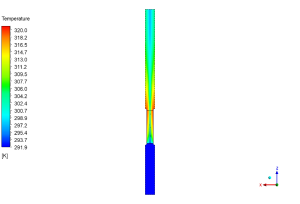
Figure 4: Temperature distribution in air-cooled condenser
We pride ourselves on presenting unique products at CFDLAND. We stand out for our scientific rigor and validity. Our products are not based on guesswork or theoretical assumptions like many others. Instead, most of our products are validated using experimental or numerical data from valued scientific journals. Even if direct validation isn’t possible, we build our models and assumptions on the latest research, typically using reference articles to approximate reality.
Yes, we’ll be here . If you have trouble loading files, having technical problems, or have any questions about how to use our products, our technical support team is here to help.
You can load geometry and mesh files, as well as case and data files, using any version of ANSYS Fluent.
€360 Original price was: €360.€185Current price is: €185.

€295 Original price was: €295.€175Current price is: €175.

€360 Original price was: €360.€185Current price is: €185.

€200 Original price was: €200.€115Current price is: €115.

€240 Original price was: €240.€115Current price is: €115.

€240 Original price was: €240.€135Current price is: €135.


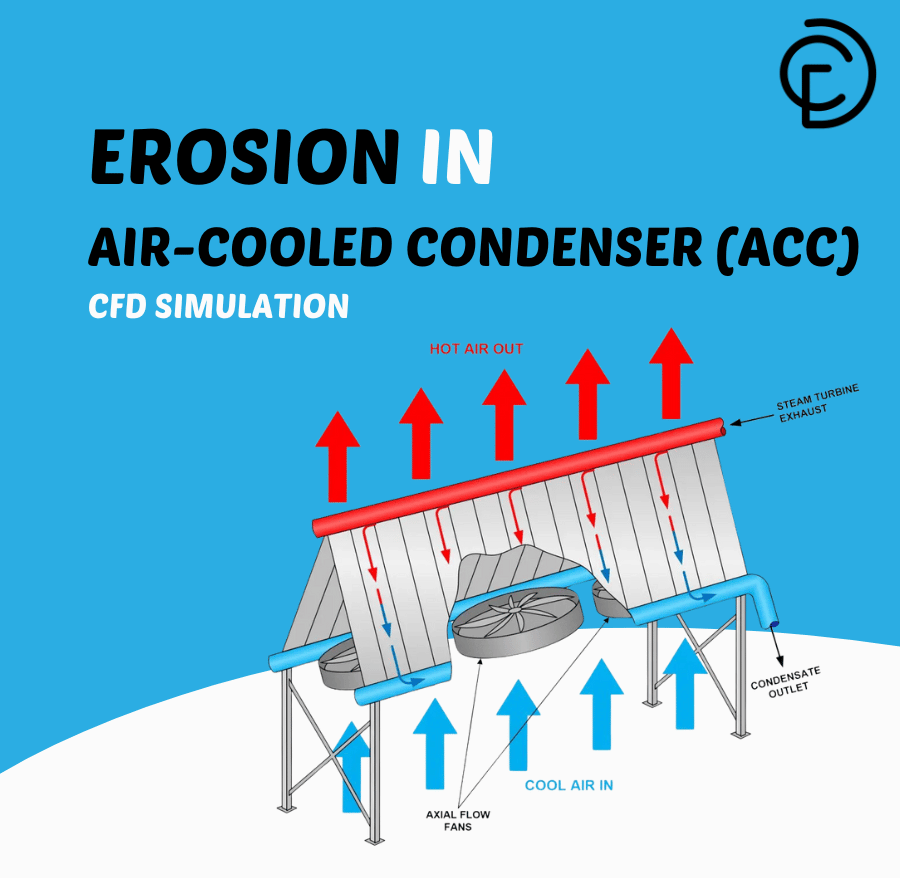









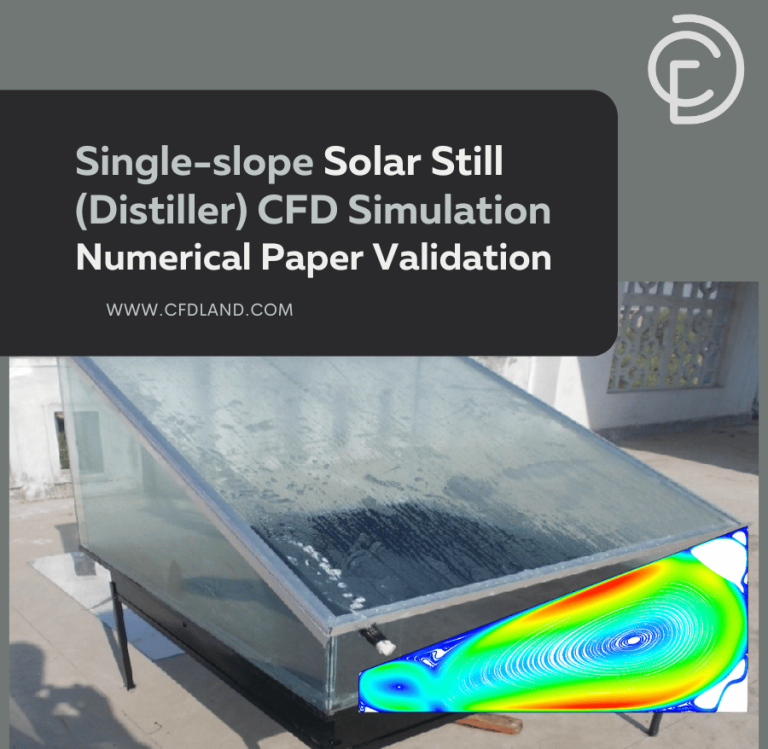
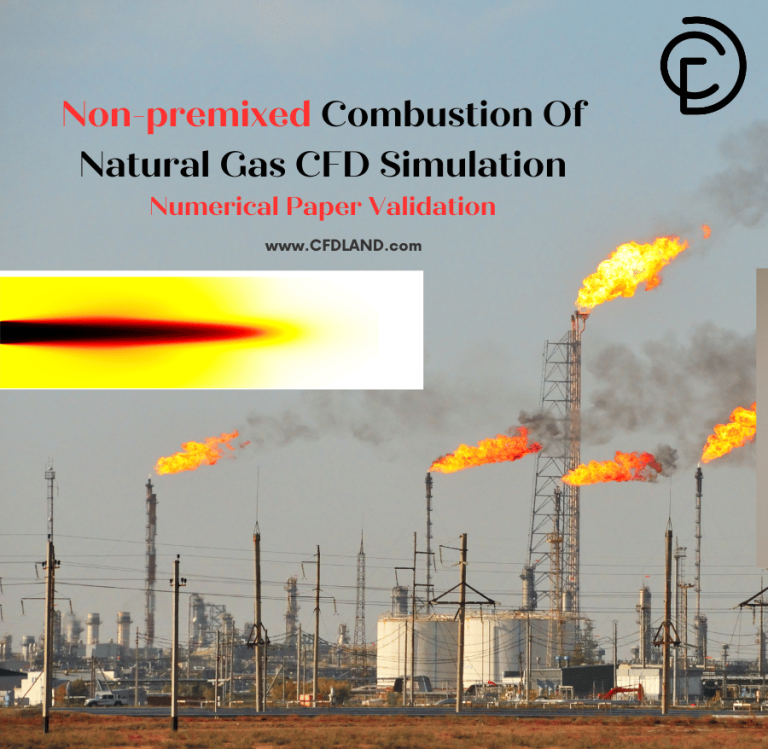
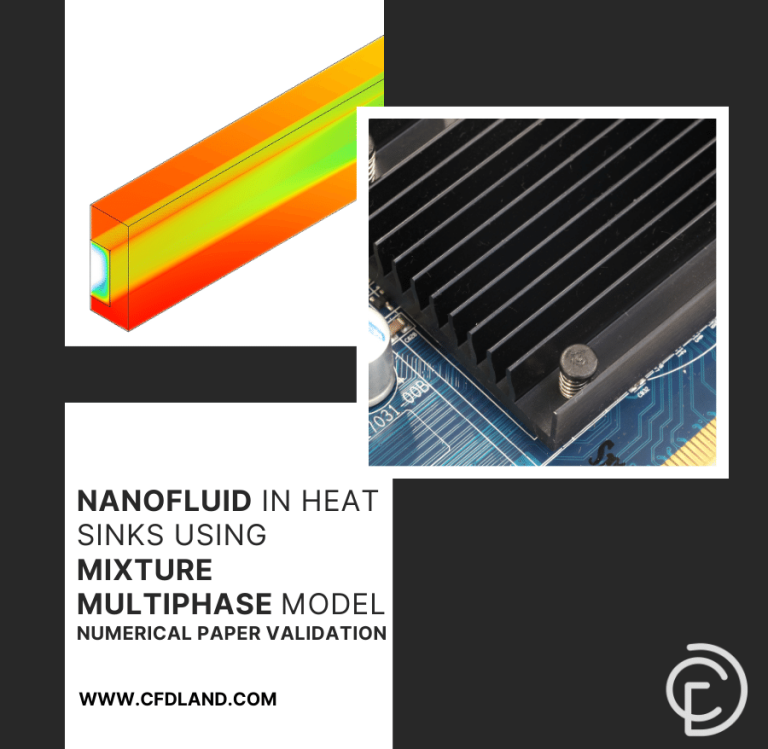
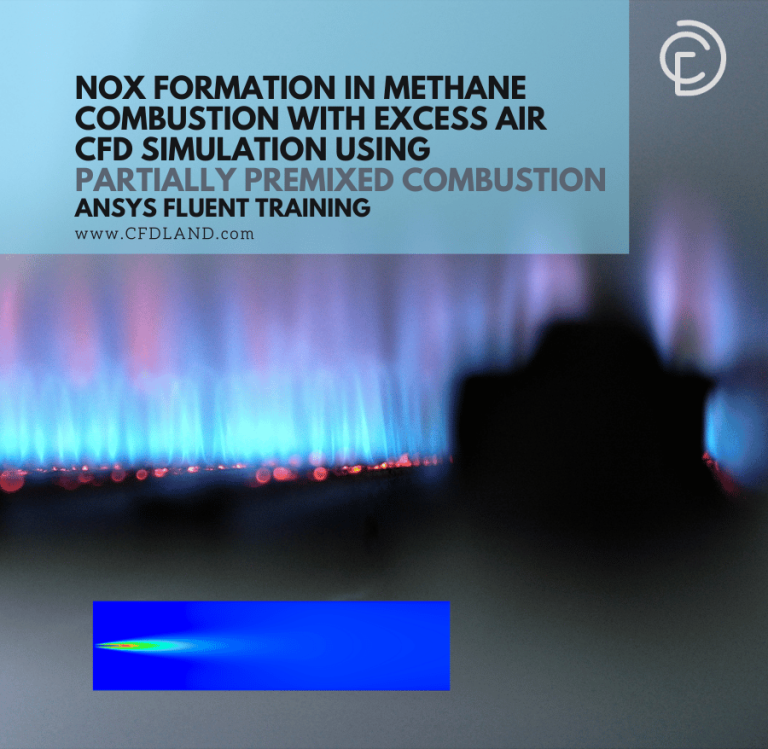
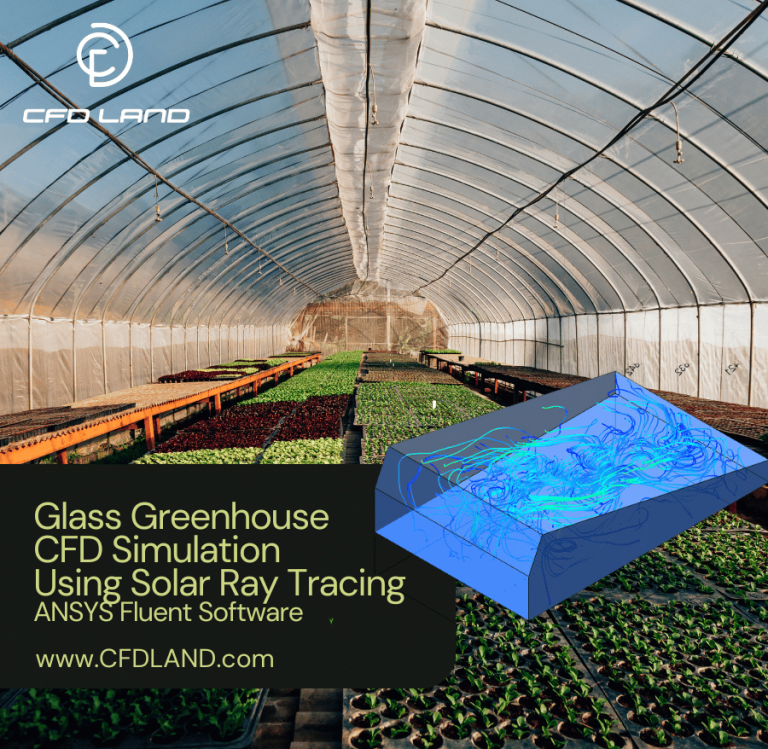

Reviews
There are no reviews yet.